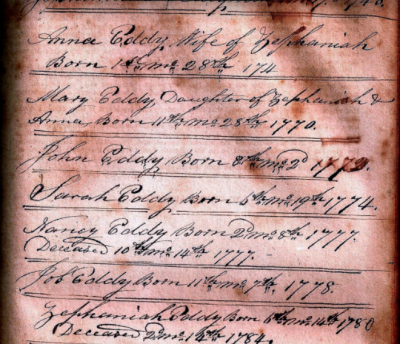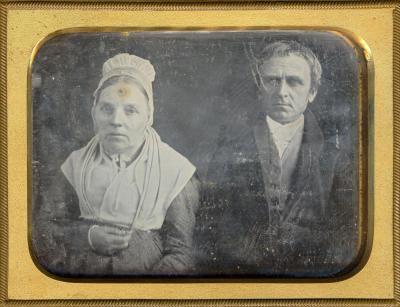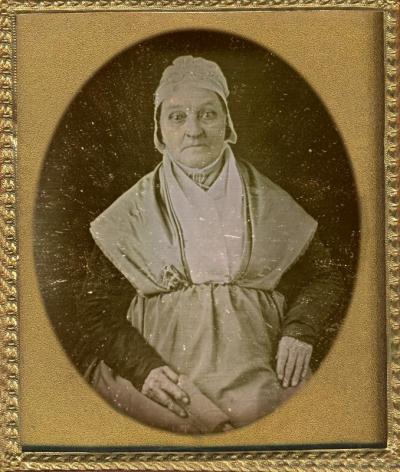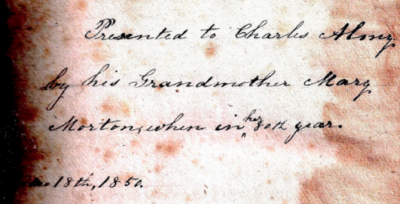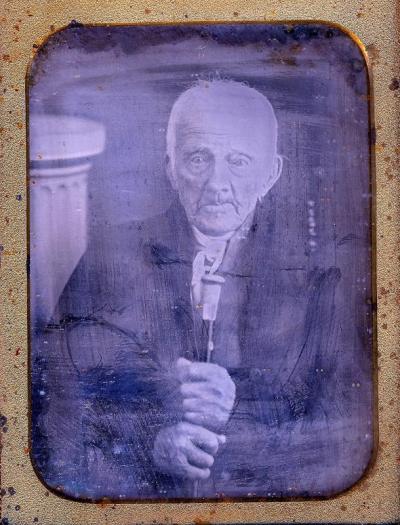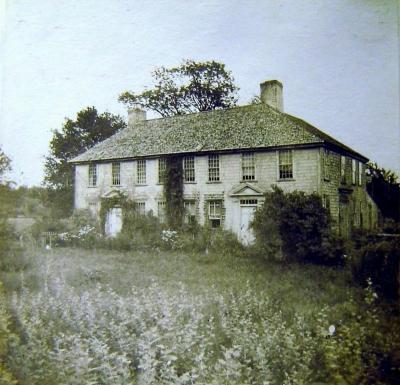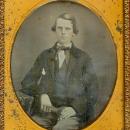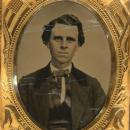New project may shed light on Dartmouth’s history
A treasure trove of handwritten records from the Dartmouth Quaker community digitized last year may help historians uncover information about the town’s history — like the story of the Almy family, who lived and died in one of the town’s oldest houses.
The Dartmouth Historical and Arts Society has started a new project to transcribe more than 6,000 pages of minutes from the Apponagansett Meeting, a community of Quakers in Dartmouth.
The minutes — including birth, death and marriage records, among others — begin in 1699 and are a potential gold mine of information for historians and genealogists.
They were digitized late last year and added to an archive available on the DHAS website.
But because the files are images of handwritten notes instead of searchable text, researchers may find it difficult to search and glean information from them.
So — according to DHAS President Bob Harding — the society has undertaken the mammoth task of transcribing the whole archive to put into a searchable database.
Harding said that only 95 pages into the project, DHAS has already turned up records of the Almy family, 19th century residents of an old house at 397 Old Westport Road.
From 1810-1866, the Almys — George, his wife Anna, her parents George and Mary Morton, and several of the couple’s ten children — lived in the house, which was already over 100 years old at the time.
According to other records, at least three Almy sons later moved to New Bedford — one of whom, James Tucker Almy, became a jeweler best known for designing New Bedford’s City Seal.
Tragedy struck often in those days, and the Almy family was no exception. Two daughters died very young — one just a baby, and another before she turned six — and two sons are thought to have died in the Civil War.
The meeting minutes serve both to confirm what is already known and provide new information to fill in any gaps in other records.
“When you’re trying to fill in a story of a family, or a town, you get pieces of information — it’s like a jigsaw puzzle,” said Harding.
“And the pieces fit together. And when you turn it over, it’s like a tapestry. You get all kinds of things criss-crossing in the back, but when you turn it over, you get a pretty picture. It tells the story. And that’s what we’re doing with the combination of records that we have.”
Daguerreotypes of a few family members and a bible inscribed as a gift from Mary Morton to her grandson Charles Almy have been donated to DHAS by descendant Martha Leonard.
Mary Morton’s image is one of two in the collection showing people born before the Revolutionary War: Morton was born in 1770, and George Almy’s father, George Brownell Almy, was born in 1766 and died in 1858 at the age of 92.
Morton’s grandson Charles is thought to have died of typhus in the Civil War. His brother Thomas Almy died in the war as well.
According to Ellis’ “History of New Bedford and its Vicinity,” published in 1892, Thomas was an acting master’s mate on the steamer Wachusett.
He was killed on May 20, 1862 at the age of 28 by Confederate soldiers in City Point, Virginia after coming ashore with the ship’s surgeon to help a woman whose mother was sick. The surgeon was taken prisoner and later released.
Harding commented, “Mary’s story is only one of thousands which are lurking hidden in the more than 6,000 pages of Friends records.”
Even in the few records the DHAS has transcribed, Harding added, “we have a substantial addition to our body of knowledge about this old Dartmouth matron and her family’s history and genealogy.”
DHAS is currently looking for volunteers to help transcribe the minutes. Anyone who may be interested should contact Susan Guiducci at (508) 990-2854.



